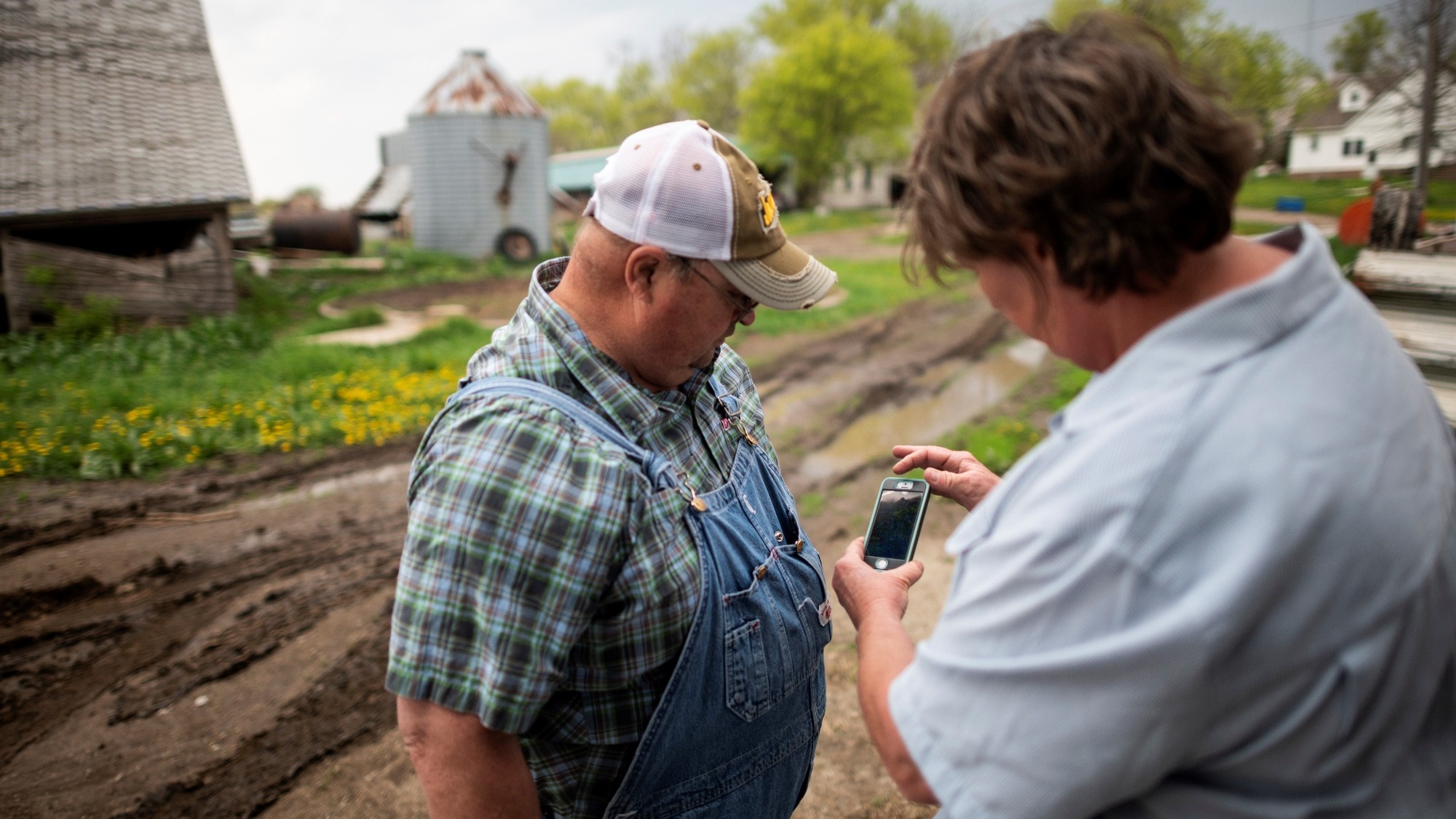1. Introduction
Eosinophils have a recognized role in controlling parasite infections, as well as occurring as indicators of allergic reactions, and are involved in a variety of other less frequent hypereosinophilic conditions affecting various species, including humans and horses [
1,
2]. Their effector cell function is provided by cytotoxic granule proteins and expression of cytokines contributing to tissue homeostasis or damage, and thus they modulate adaptive and innate immunity [
2,
3]. Emerging from multipotent hematopoietic stem cells in the bone marrow [
4], eosinophil production mainly depends on interleukin (IL)-5 [
3,
5,
6]. Once released into the blood, eosinophils home to their corresponding tissue in various healthy organs within 8 to 18 h or they die [
3,
7,
8,
9]. In allergies, enhanced release of eosinophils from the bone marrow is caused by rising serum IL-5 levels, released by allergen-stimulated T helper (Th) type 2 cells [
10]. Further, at the local site of allergic stimuli, endothelial and epithelial cells release proinflammatory cytokines and chemokines to attract eosinophils to the tissue [
11], where their life span can be increased to weeks [
7].
In horses, the most common allergic disease is a hypersensitivity reaction toward insect bites, predominantly caused by the genus
Culicoides [
12], called insect bite hypersensitivity (IBH) [
13,
14]. IBH lesions typically show notable perivascular eosinophilic infiltration together with Th2 cells in affected skin [
9,
13,
15,
16]. Moreover, the severity of IBH skin lesions has been correlated with increasing levels of eosinophils in blood [
14]. Nevertheless, IBH is described as an IgE-dependent type I allergy [
17,
18], with eosinophils playing an important role, mostly in the late phase of type I [
19,
20,
21] and during delayed-type hypersensitivity (DTH) type IVb allergy [
14,
15,
22]. In the case of initial IgE dependence, it was suggested that persistent allergen exposure during the life of an allergic individual might lead to allergic chronicity of eosinophilia [
23,
24]. As such, conventional (c)Th2 cells might shift to IL-5-positive pathogenic effector (pe)Th2 cells [
25].
When looking closer at eosinophils in the tissue of allergic reactions in mice, Mesnil et al. found that homeostatic resident eosinophils (rEos) are distinguished phenotypically and functionally from inflammatory eosinophils (iEos) [
26]. Along the same lines, we recently described two distinct subsets of eosinophils in the blood of healthy and IBH-affected horses [
27]. Eosinophils of healthy horses were smaller in size, contained less granules, and expressed distinctive integrin receptors compared with iEos of IBH-affected horses. Moreover, a virus-like particle (VLP)-based vaccine targeting eosinophils by inducing auto-antibodies against eIL-5 led to a significant reduction of iEos levels in the blood [
27] and a significant reduction of clinical signs of IBH [
14,
28].
The aim of this study was to follow up on the findings on different subsets of eosinophils in IBH horses during the 2nd year of vaccination using the eIL-5-CuMV-TT vaccine. Our data confirmed a significant reduction of total eosinophil and particularly iEos counts in the blood of horses upon eIL-5-CuMV-TT vaccination in 1st year of treatment. Still, the few remaining eosinophils presented an iEos profile. Then, in the 2nd year of treatment, we observed a re-appearance of rEos, shown by small cell size, low granularity, and an integrin-expression profile on the cell surface, corresponding to the level of healthy horses.
4. Discussion
Recently, we showed the presence of two distinct eosinophil subpopulations in horses: rEos and iEos [
27]. In healthy horses, circulating eosinophils in the blood primarily showed an rEos phenotype, with small size, low granularity, and low expression of CD49f. In contrast, eosinophils in the blood of IBH horses showed a loss of rEos and primarily showed enhanced numbers of the iEos phenotype, with relatively large size, high granularity, and high expression of CD49f. Also, our previous data showed that the 1st year eIL-5-CuMV-TT vaccination significantly decreased iEos percentage while the remaining few eosinophils predominantly retained an iEos phenotype. Here, we present a follow-up study including re-vaccinated horses, allowing a comparison of eosinophil subtypes in 1st year and 2nd year vaccinated horses. In both years, with vaccination, total eosinophil levels, and in particular iEos levels, could be significantly decreased, showing similar levels to healthy horses. In contrast to the 1st year vaccination, horses with the 2nd year vaccination showed a re-appearance of rEos, the eosinophilic phenotype of healthy horses. Hence, our data suggested a phenotypical shift from iEos to rEos in 2nd year vaccinated horses. This may suggest that long-term vaccination with eIL-5-CuMV-TT can restore rEos to normal level and phenotype in the blood of horses suffering from IBH.
Likewise, different subsets of eosinophils have been described in other species [
29], e.g., in mice, and rEos and iEos were also defined [
26]. In humans, different eosinophil subsets have been found, and A-Eos and B-Eos were recently defined in the gastrointestinal tract by looking at the distinction in their transcriptome, spatial localization, and surface proteome [
30]. Also, earlier studies described normodense and hypodense eosinophils associated with asthma by looking at their density properties, different functionalities, and responsiveness [
31,
32]. Murine iEos, human A-Eos, and hypodense eosinophils show higher reactivity upon allergic stimuli [
26,
30,
32], executing effector cell functions, which likely applies to iEos in IBH-affected horses, too [
27], leaving homeostatic functions to murine rEos, human B-Eos, and normodense eosinophils and, likely, to equine rEos.
IBH horses showed significantly enhanced levels of iEos. Upon eIL-5-CuMV-TT vaccination, iEos significantly reduced to the level of healthy horses. This suggests the IL-5 dependency of iEos, which was described earlier in horses [
27] and in mice [
26]. The strongly decreased levels of total eosinophils in vaccinated horses, however, showed remaining marginal numbers for the iEos phenotype in 1st year vaccinated horses, which was also shown in the preceding study [
27]. Interestingly, horses in the 2nd vaccination year showed a re-appearance of rEos, reflected by a reduction of size and granularity of the eosinophils and a reduction of potential migration properties shown by the downregulation of CD49f. This may suggest a switch from an iEos subtype toward an rEos subtype. While our data suggest an IL-5 dependency of iEos, the role of IL-5 on rEos in horses is not known. In mice, the role of IL-5 on rEos shows contradictory findings. While previously rEos in the lungs of mice were described as being IL-5 independent [
26], a recent study suggests an IL-5 dependency of lung rEos [
33]. Nevertheless, and similarly to our findings in horses, long-term treatment with an anti-IL-5 monoclonal antibody (mepolizumab) in humans restores the kinetics of eosinophils [
34], allowing the possibility of subsets with different sensitivity toward an anti-IL-5 therapy.
Notably, the eIL-5-CuMV-TT vaccine previously showed an enhanced clinical effect in the 2nd vaccination year [
28]. On the one hand, less variable anti-IL-5 IgG antibody titers with higher avidity may be causing such an effect [
35,
36]. On the other hand, in a previous study, we described a bystander reduction of basophils in the 2nd vaccination year [
35], likely influencing eosinophil behavior as well. In humans, studies showed that blocking IL-5 using mepolizumab did not affect basophil counts in asthmatic patients [
34], which is in contrast to therapies blocking the IL-5Ra using benralizumab [
37,
38]. The crosstalk between eosinophils and basophils is poorly understood, but it is suggested that basophils can have regulatory functions toward eosinophils, and probably vice versa. Basophils do express IL-5Ra [
39,
40] and can induce upregulation of vascular cell adhesion molecule-1 (VCAM-1) on eosinophils, which facilitates eosinophil infiltration [
41,
42,
43,
44].
Changing the levels of effector cells in allergic settings by the reduction of iEos and basophil levels, and by increasing levels of rEos in the 2nd year of eIL-5-CuMV-TT vaccination, may contribute to a sustainable and long-term benefit of the vaccine.
Of note, absolute numbers and frequencies of cells did not always match the full extend; however, this phenomenon was also observed in other studies where eosinophil frequencies and absolute numbers measured in stomach, small intestine, and colon of 8-week-old mice were controversial [
45].
Understanding of eosinophils over the last decade has emphasized their multifaceted immunobiology [
3,
32], and several authors have noted emerging evidence for their high plasticity [
29,
31,
46,
47]. Whether or not the shift in equine eosinophil subsets from iEos to rEos after 2nd year vaccination is due to plasticity under eIL-5 vaccination or due to distinct eosinophil subsets expression remains unknown.



